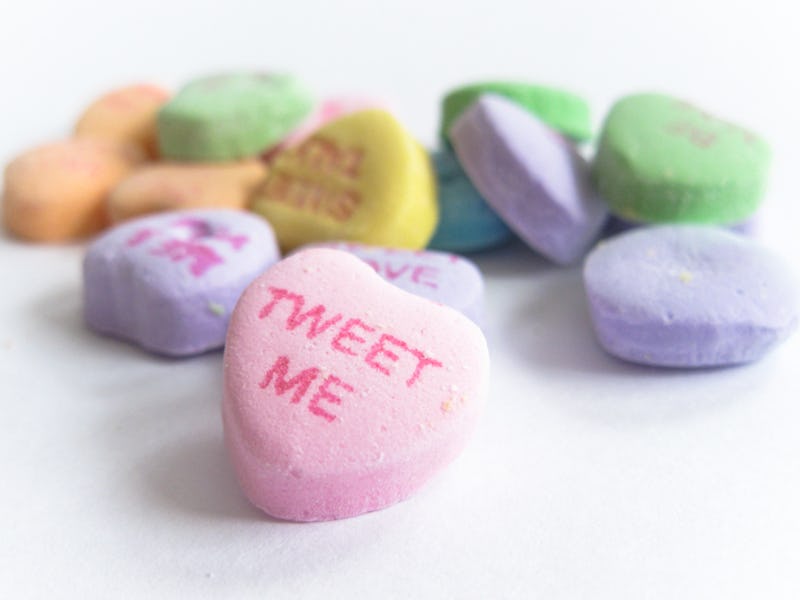Psychologist Says Twitter's Change to Hearts From Stars 'Really Recontextualizes' Platform
Dr. Susan K. Whitbourne does not "like" the move away from "favorites."

Today, Twitter announced that it was replacing its “favorite” button with a “like” button. Now, instead of clicking a yellow star to make something your favorite, as it had been, you click a bright red heart because you like it.
According to Twitter Product Manager Akarshan Kumar, “the heart…is a universal symbol that resonates across languages, cultures, and time zones. The heart is more expressive, enabling you to convey a range of emotions and easily connect with people.” Most importantly, it’s been focus group-approved: “And in our tests, we found that people loved it.”
While the company loves likes, not all users are as happy with the change.
Dr. Susan K. Whitbourne, a University of Massachusetts Amherst psychological and brain sciences professor and Psychology Today and Huffington Post blogger, tells Inverse that the move to a heart “really recontextualizes Twitter in a way because you’re used to putting hearts and all kinds of smiley faces and cute things in your texts and Facebook posts, but a lot of people use Twitter for other things.”
She does not disagree with Twitter’s explanation for the change because “if you’re trying to appeal to people’s emotions more, yes, you would definitely use a heart.” But trying to fit specific heartwarming emotions into Twitter may not be the right move for the platform, asking, “why would we necessarily want to do that with the kind of information that comes across the feeds in Twitter?”
Whitebourne provides a specific example of the grey area that existed with the traditional “favorite” button: “During a debate, people are Tweeting. So somebody makes a comment about one of the candidates, are you going to put a heart on it?”
Twitter, to Dr. Whitbourne, is often used “to communicate information,” which can put it in contrast with “the socially friendly nature of Facebook.” With the new heart, she says, “You don’t know whether to like something serious that somebody says.” She adds, “A heart does imply love! I mean, you ask someone what it symbolized and they say it symbolizes love.” Liking, or even loving, something on Twitter has the potential for cognitive dissonance: “Can I love a news story on Twitter the same way I love something that somebody tells me about something good that happened to them? I think it’s odd.”
The new way to "like" something on Twitter.
So why did the star/favorite work so well? According to Dr. Whitbourne, “a star is much more neutral connotation.” She continues, “a star is like an asterisks. It’s simply notation. There’s no emotional connotation other than I thought this was interesting.”
The heart really could change how people interact on Twitter. Dr. Whitbourne believes the people behind the switch are probably “trying to make Twitter more accessible to people” because “we do have associations to symbols, and the associations to a heart are very different than the associations to a star.”
Far from a gimmick, Twitter’s changes to the core of the platform make us feel different in ways we may not be able to explicate well. Seeing different symbols and colors make us feel differently about what’s in front of us. Dr. Whitbourne concludes, “The emotional associations we have with these symbols really do matter.”